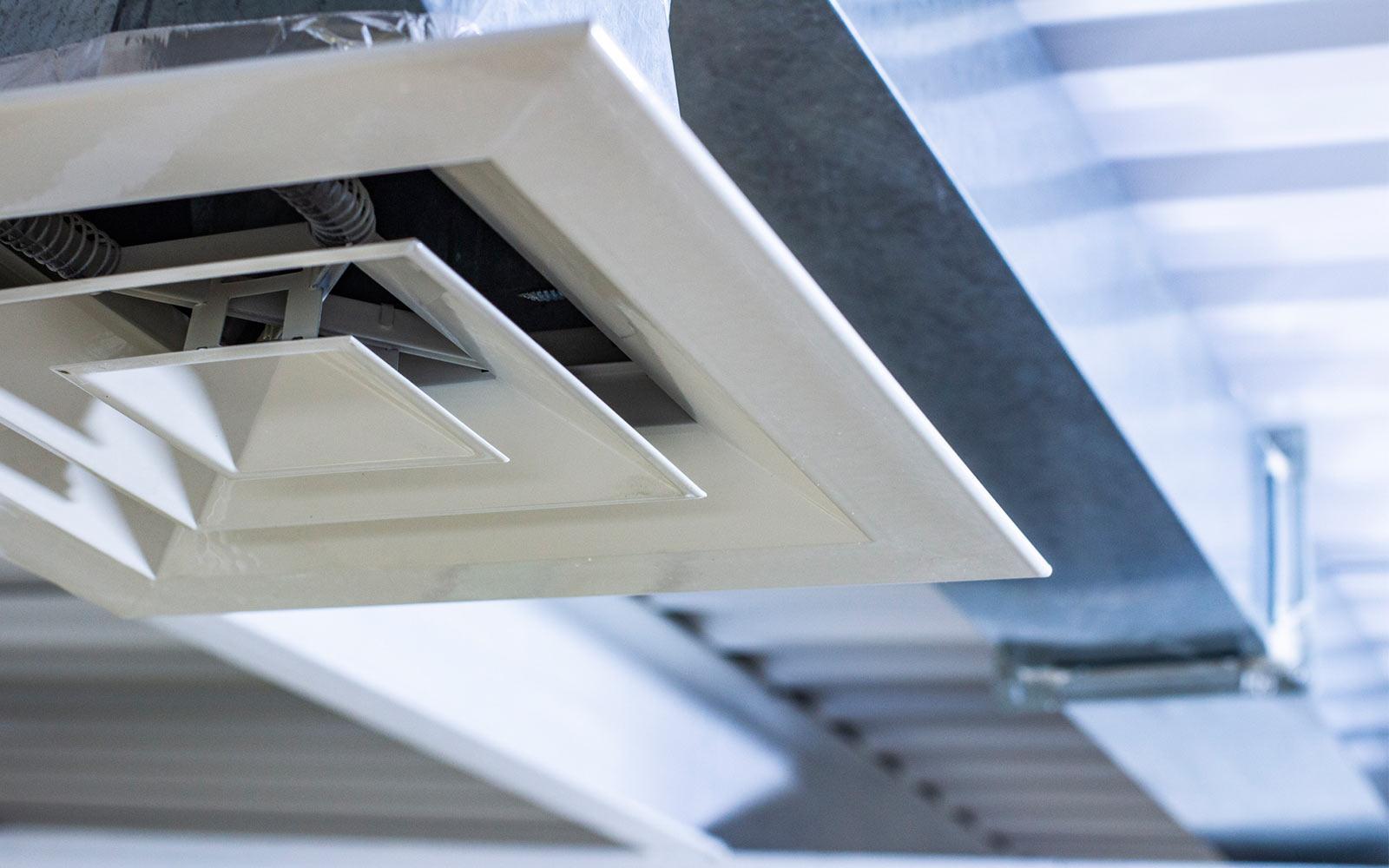In terms of maintaining a comfortable environment in our residences and offices, comprehending HVAC systems is crucial. HVAC, referring to heating, ventilation, and air conditioning , plays a key role in controlling indoor temperatures and air quality throughout the year. But with various options available, finding the right system for your needs can be overwhelming. This article seeks to break down the differences between central and ductless HVAC systems, assisting homeowners make informed decisions about their climate control options.
As we examine central and ductless options, we'll delve into how these systems function, the benefits and drawbacks of each, and tips for choosing the best one for your house. Whether you're enhancing an old system or preparing for a new installation, knowing how these HVAC choices stack up will allow you to build a welcoming and energy-efficient living space. Let's explore the world of HVAC and uncover which system might be the best fit for your individual situation.
Understanding Heating, Ventilation, and Air Conditioning Technologies
HVAC refers to heating, ventilation & air conditioning, and includes the mechanisms used to supply heating and cooling options for residential and commercial locations. Heating systems systems heat the indoor environment during chilly months, while cooling systems lower the temperature of it down during the warmth of summer. Proper ventilation is key for ensuring clean air flows throughout the environment, which not just enhances convenience and also is important in maintaining indoor air quality.
A typical HVAC system consists of various elements working together. The primary elements include a heating unit or boiler for heating, an air conditioning unit or cooling system for cooling, ducts to distribute air, and a thermostat to manage temperature settings. Understanding how every component operates helps homeowners and property managers know how to care for and troubleshoot their systems properly.
As HVAC technology advances, new advancements emerge to enhance energy effectiveness and comfort inside. Intelligent HVAC systems now integrate with smart home technologies, which enable more precise control and monitoring. Additionally, options like ductless systems or ground-source heating offer alternative solutions that can meet specific requirements, making it crucial for consumers to consider various options when selecting an HVAC system for their area.
Common HVAC Issues and Solutions
Property owners regularly experience a variety of HVAC problems that can interrupt comfort and performance. One prevalent problem is inadequate heat or cool air, which can be due by clogged filters, blocked vents, or an incorrectly sized system. Regular maintenance, including filter replacements and clearing airflow pathways, can help alleviate these problems. If problems persist, it may be advisable to consult a technician for further diagnosis or adjustments.
A frequent issue is strange noises coming from the HVAC system, such as clattering, squealing, or hissing. These sounds can indicate loose components, worn belts, or airflow blockages. Residents should promptly address any strange noises by checking for loose parts or debris in the system. If the sounds continue, contacting an HVAC technician is recommended to prevent potential damage and ensure safety.
Lastly, escalated energy bills can indicate that an HVAC system is not operating efficiently. Common culprits include poor insulation, outdated equipment, or overlooking routine maintenance. To combat this issue, property owners should consider scheduling regular tune-ups to keep the system in peak condition and explore energy-efficient upgrades. Implementing smart thermostats and improving insulation can also help reduced energy consumption and lower bills.
Energy Efficiency and Smart HVAC Choices
Choosing the best HVAC unit is crucial for boosting energy efficiency in your residence. Central HVAC systems tend to have greater upfront costs because of the extensive installation of ductwork, but they can effectively heat or cool more spacious spaces. On the other hand, ductless HVAC systems, like mini-splits, deliver flexibility and targeted comfort, allowing you to cool or heat individual rooms bypassing ducts. This could lead to decreased energy consumption, especially if you have spaces that are infrequently used frequently.
Advanced HVAC choices can additionally improve energy efficiency. The integration of smart thermostats allows homeowners to operatively handle their HVAC systems remotely and set schedules that align with their daily routines. This cuts down on energy waste by ensuring that heating or cooling happens only necessary. Additionally, numerous modern HVAC systems are designed with energy efficiency ratings that educate consumers about anticipated energy use, assisting them to select systems that optimally fit their needs.
Investing in energy-efficient HVAC options not only contributes to lowering your energy bills but also benefits the environment. By choosing systems that use renewable energy sources, such as solar-powered HVAC, you can reduce your carbon footprint. Regular maintenance and updates, such as the installation of efficient air filters, improve overall system performance and indoor air quality, rendering your home more comfortable and eco-friendly year-round.

